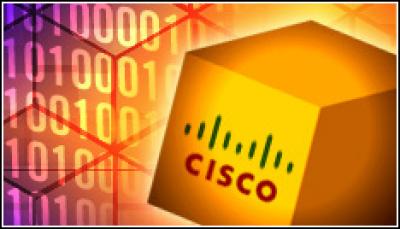To John Chambers, the future is about video.
Speaking at Cisco System’s Partner Summit in Boston on 4 June, chairman and CEO Chambers pointed to his company’s acquisition of Pure Digital Technologies, makers of the Flip video camera, in May as a key addition as the trend continues toward video.
Pure Digital and the Flip are examples of how consumer and commercial products are beginning to merge, he said.
Chambers also said it illustrates how the future of technology is no longer about individual products, but about how those products work together.
“Was [the Pure Digital buy] a consumer acquisition?” Chambers asked. “You betcha. Was it an enterprise acquisition? Oh yeah. … Is it a standalone device? No way.”
Throughout his 60-minute keynote address, Chambers argued that the global recession is both a curse and a promise, that those companies that embraced the challenge and adapted to the transition would be in a strong position when the economy starts to turnaround. Cisco, he said, is ahead of the game.
He pointed to such moves as the Pure Digital acquisition as the latest example of Cisco looking down the road and reading the trends, in this case the merging of consumer and corporate technologies.
“The lines between consumer and business will completely blur,” Chambers said. “You need to be a major player in consumer [technology[.”
Along with the Pure Digital buy, Cisco also has collected other consumer electronics vendors, including Linksys and Scientific Atlanta.
Collaboration and communication will be primarily video-based, he said, predicting that within the next few years, 90 percent of all network traffic will be around video. Video will continue to play a larger role in communication and collaboration.
“It’s about video. Period,” Chambers said.
Cisco’s Pure Digital play and its acquisition of the Flip video camera will be a centerpiece of that communication and collaboration going forward. It has shown people in the industry that video is the killer application.
“The Flip somehow got people to realize that is an architectural play,” he said. “It will completely change how we communicate and how we do business.”
In a demonstration on stage, Chambers used a Telepresence session to show a channel partner using a Flip to record customers talking about products. The partner then uses the video to show other customers via Telepresence.
Chambers pointed to Cisco’s own use of video and Web 2.0 technologies to illustrate the point. When announcing the Unified Computing System in March, Cisco cut the costs of such a major event by 90 percent through the use of video, Telepresence and other technologies to enable people to view the announcement over the Internet.
Cisco also now uses Telepresence for its biggest internal meetings. A recent sales meeting that in the past would have required bringing employees in from all over the world for an average of $4,300 (£2681) a person cost only $437 (£273) each.
“Physical meetings inside Cisco are dinosaurs,” Chambers said. “We’ve done our last big physical meeting. It will not happen again.”





